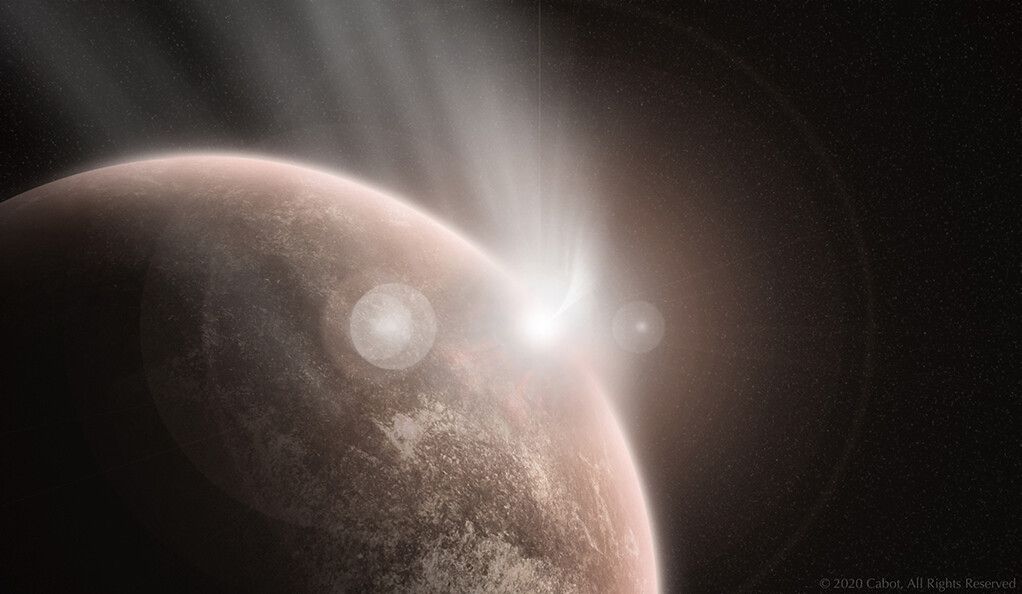
The moon may be hiding the scientific key to the mysterious past of our neighboring world, Venus.
Scientists think that Earth and Venus were once awfully similar. But then, something happened on Venus to turn it into the greenhouse-effect driven planet it is today. And now, new research proposes that the evidence of precisely how that shift played out may be tucked away in rocky time capsules on the moon, flung there by ancient collisions.
"The moon offers safe keeping for these ancient rocks," Samuel Cabot, a graduate student at Yale University and the lead author of the new research, said in a statement. "Anything from Venus that landed on Earth is probably buried very deep, due to geological activity. These rocks would be much better preserved on the moon."
Related: Photos of Venus, the mysterious planet next door
In the new research, Cabot and his co-author analyze how impacts on an early Venus could have sent geological time capsules to Earth's moon. This process has slowed considerably, but billions of years ago, more powerful impacts were more common than they are today, and because of the inner solar system's inherent traffic patterns, asteroids hitting Venus would be moving faster than those that hit Earth.
And at the same time, scientists think Venus might have looked much more like Earth does today, with a thinner atmosphere than its current carbon dioxide blanket — and perhaps even watery oceans on the planet's surface.
Those circumstances mean that when a hypothetical large impactor slammed into the planet, debris could have escaped the atmosphere, according to the researchers, which would now be impossible. And if it did, the debris would bear the geological fingerprint of any ocean Venus sported at the time.
Then, there's the matter of getting those rocks to the moon. According to the scientists' models of the way orbits line up, Venusian material should reach the Earth-moon neighborhood fairly frequently. The researchers' calculations suggest that out of every 10,000 pieces of rock flung off Venus by impacts, about seven should have landed on the moon.
And on the moon, with no plate tectonics or wind erosion, everything that's hit the surface is still there somewhere, albeit perhaps buried or mangled by later impacts. Theoretically, the researchers write, future moon missions — or even simply additional analysis of the Apollo lunar samples — could identify Venusian material that was transplanted.
That material would tell the planet's story in a way unlike all of the evidence scientists have studied to date.
"An ancient fragment of Venus would contain a wealth of information," Gregory Laughlin, an astronomer at Yale University and co-author on the new research, said in the same statement. "Venus' history is closely tied to important topics in planetary science, including the past influx of asteroids and comets, atmospheric histories of the inner planets, and the abundance of liquid water."
The research is described in a paper accepted for publication by the Planetary Science Journal and available to read on the preprint server arXiv.org.
Email Meghan Bartels at mbartels@space.com or follow her on Twitter @meghanbartels. Follow us on Twitter @Spacedotcom and on Facebook.
"may" - Google News
October 09, 2020
https://ift.tt/3iIha1p
Pieces of Venus may be hiding on the moon - Space.com
"may" - Google News
https://ift.tt/3foH8qu
https://ift.tt/2zNW3tO
Bagikan Berita Ini














0 Response to "Pieces of Venus may be hiding on the moon - Space.com"
Post a Comment